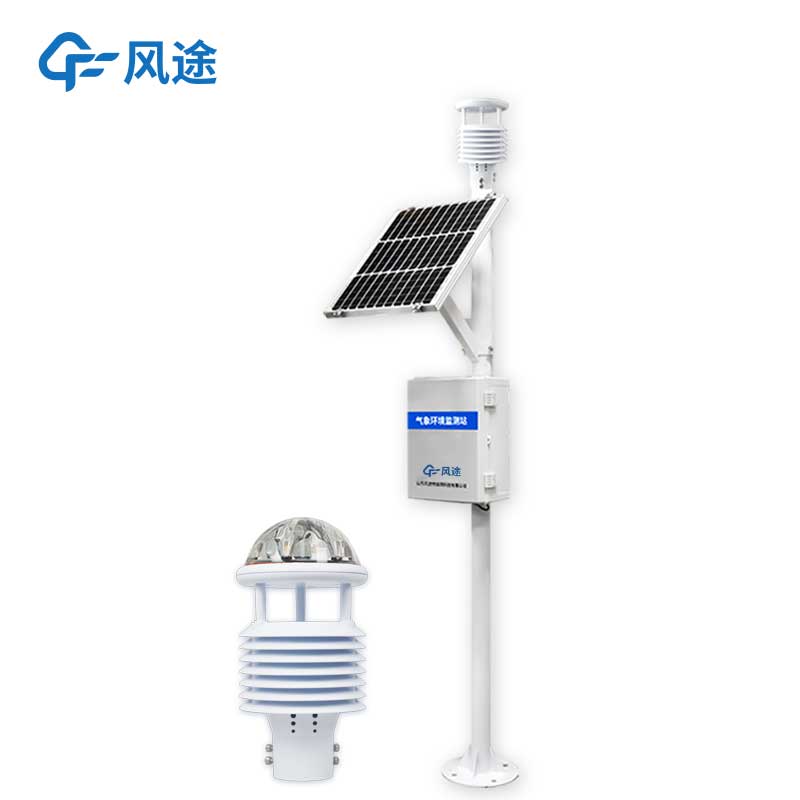Meteorological environment monitoring equipment supplier
Insist on doing high-precision customer favorite technology products
Traditional weather stations have independent monitoring devices for various elements. During actual installation and deployment, it is necessary to plan installation locations for different devices separately. This not only takes up a large amount of space, but also the installation process is cumbersome and complex, requiring significant investment in human resources and time. In contrast, the Ultrasonic weather station adopts a highly integrated design. Multiple sensors are integrated into a compact device, which is small in size and light in weight. During installation, only one suitable location needs to be selected to complete the deployment of all meteorological element monitoring devices, greatly saving space and installation costs and improving work efficiency.
Limited by their functional design, traditional weather stations can usually only monitor a limited number of meteorological elements, making it difficult to meet the need for a comprehensive and in - depth understanding of the meteorological environment. The multi - element Ultrasonic weather station breaks through this limitation. It can simultaneously monitor conventional meteorological parameters such as temperature, humidity, air pressure, wind speed, wind direction, and precipitation. It can also monitor extended parameters such as solar radiation, light intensity, soil temperature, soil humidity, CO₂ concentration, PM2.5/PM10 particulate matter concentration, and noise level, obtaining more comprehensive and abundant meteorological information. This provides more sufficient data support for meteorological analysis, enabling meteorological research and applications to be carried out based on more complete meteorological data.
The data transmission of traditional weather stations often relies on wired connections, which have a slow transmission speed. When dealing with monitoring points that are far away or in complex environments, data transmission is easily interfered with, resulting in data loss or delay. Moreover, traditional weather stations have weak data - processing capabilities and are difficult to quickly and accurately analyze a large amount of meteorological data. The Ultrasonic weather station, on the other hand, takes advantage of wireless communication technology to achieve real - time data transmission. No matter where the monitoring point is located, it can promptly transmit data to the information reception and processing center or cloud platform. At the same time, it is equipped with algorithms and processing chips that can quickly complete the correction, calculation, and statistics of the collected data, deeply explore key information such as the changing trends and extreme values of meteorological elements, greatly enhancing the timeliness and accuracy of the data. This buys precious time for meteorological research and applications, enabling meteorological information to be more promptly applied to actual decision - making.
